Peru: Trujillo
ຈັດພີມມາ: 01.09.2018
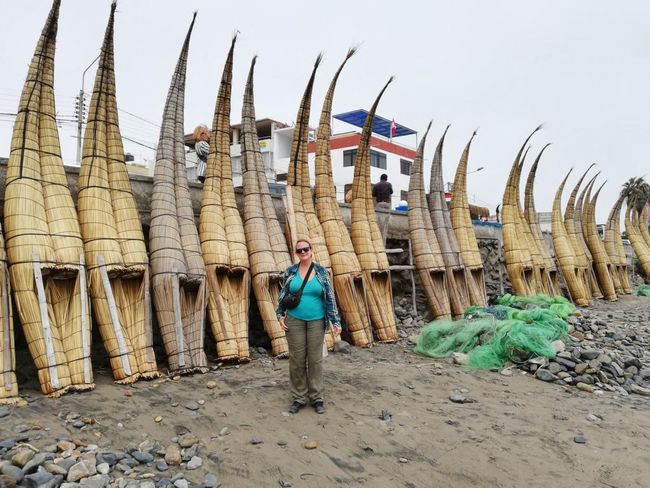
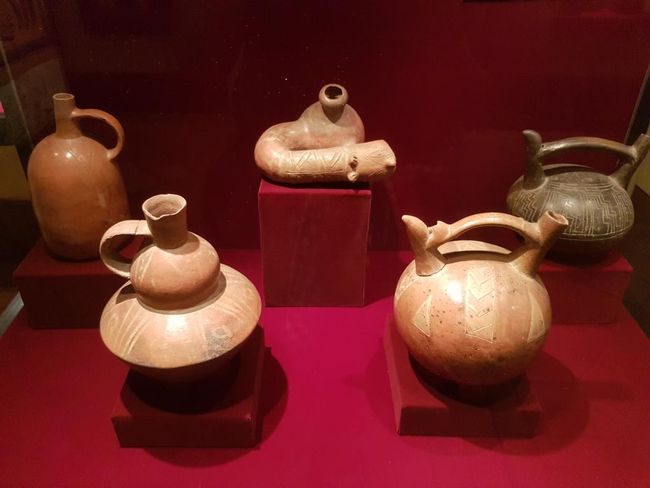
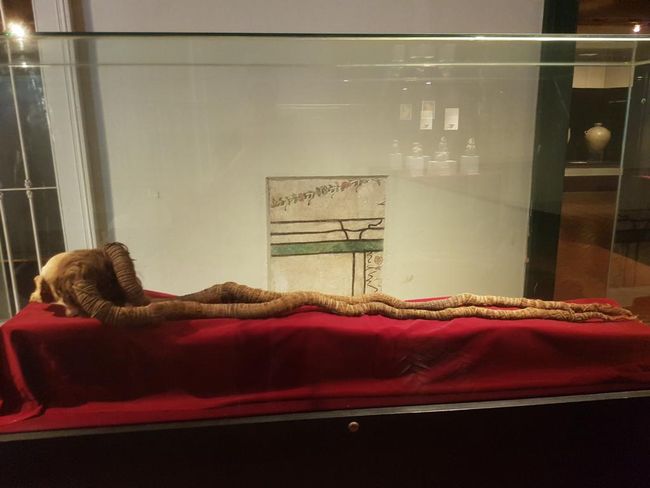
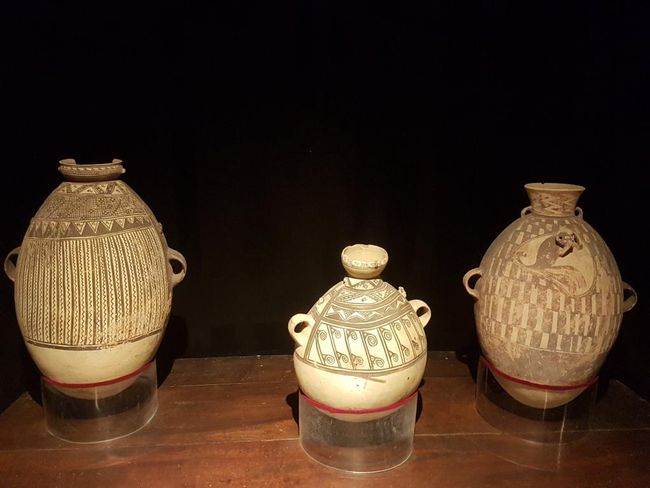
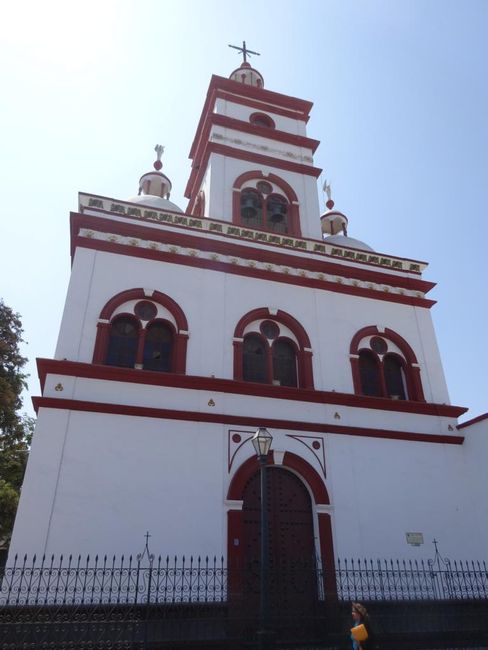
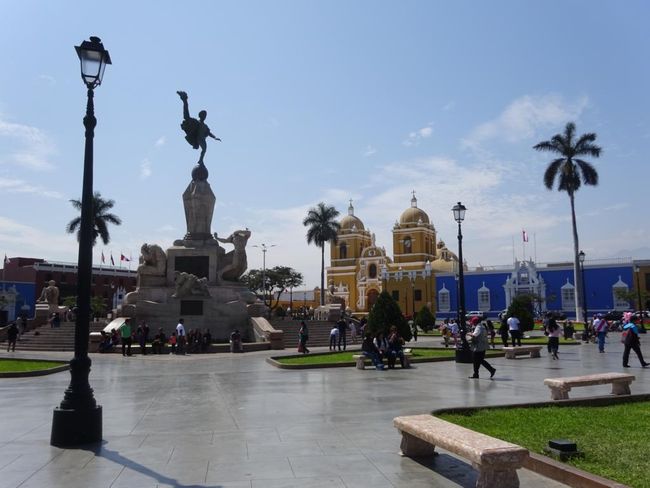
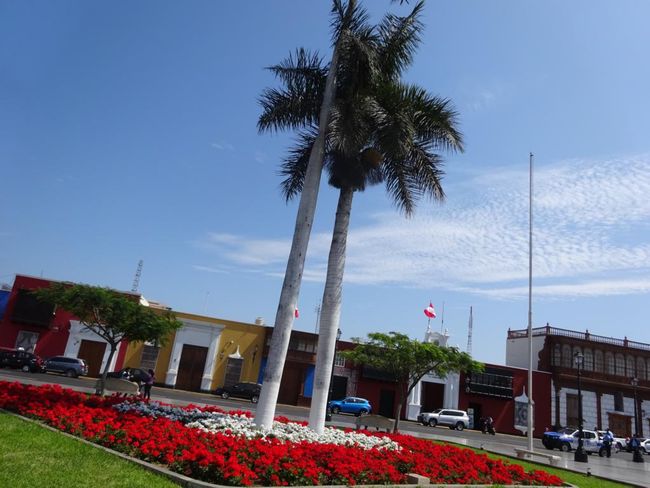
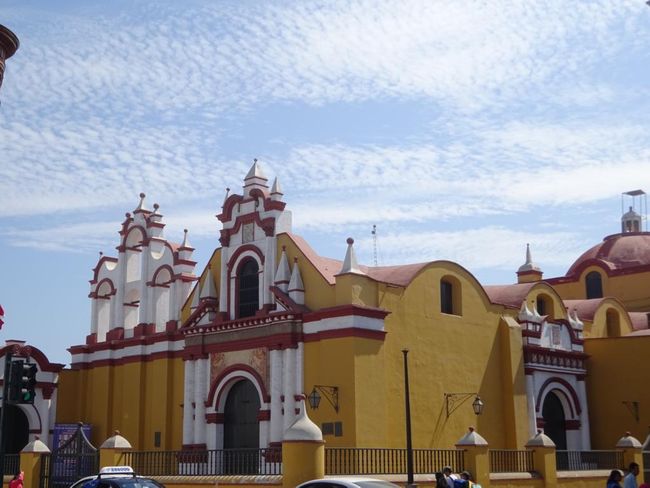
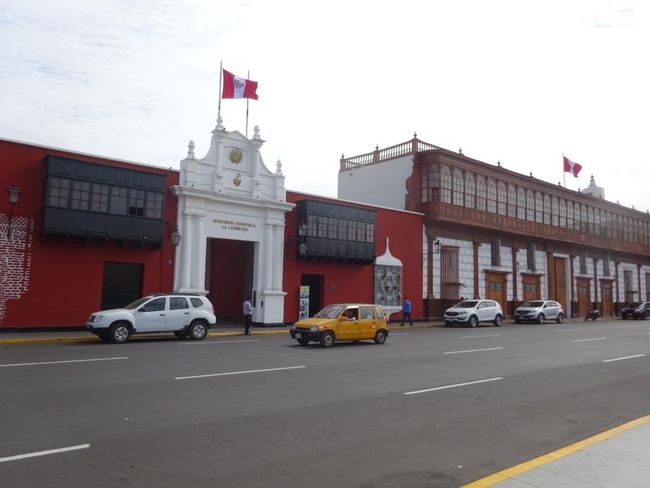
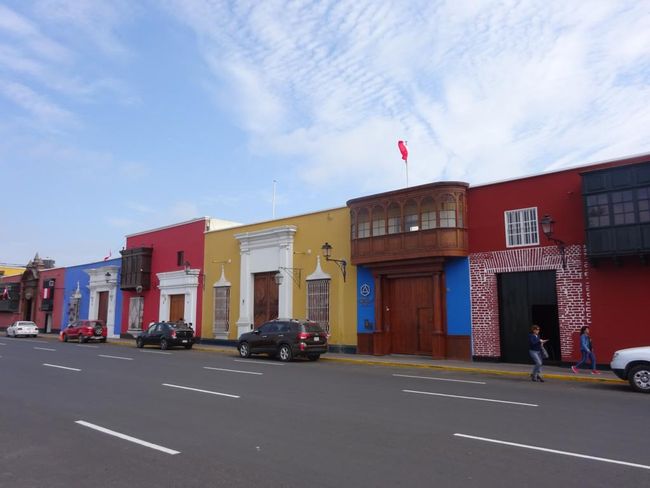
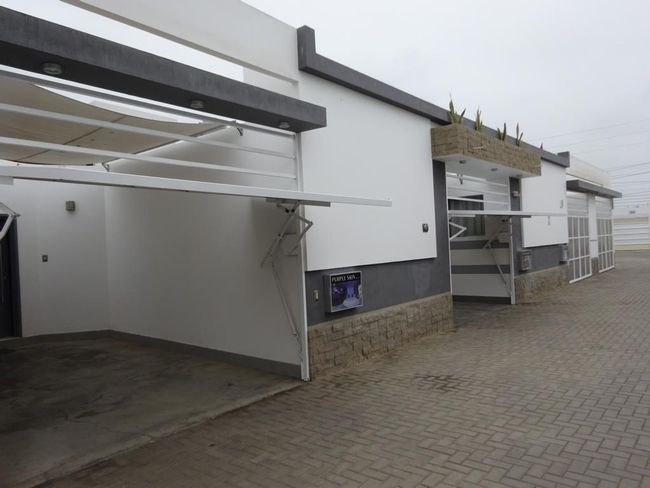

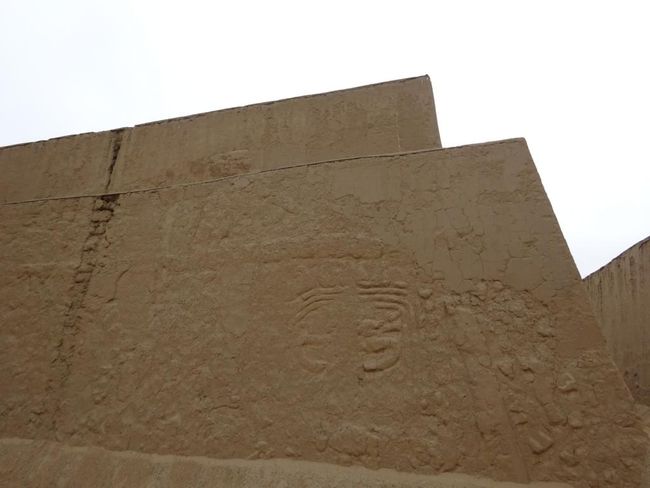
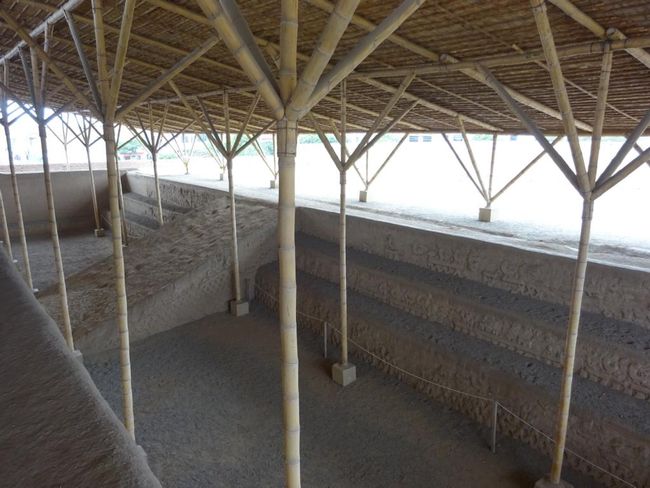
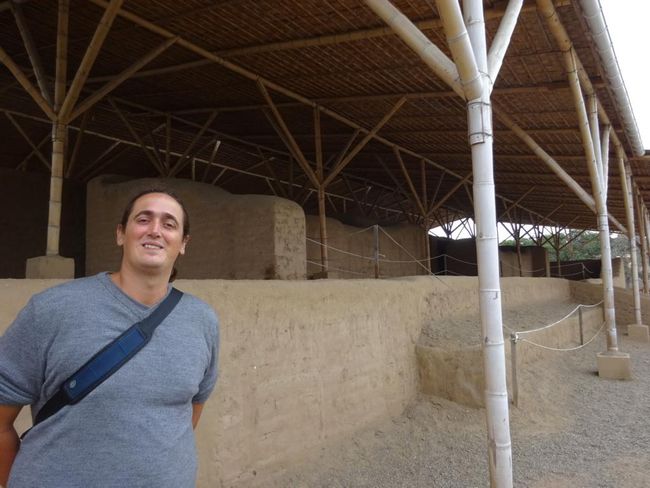
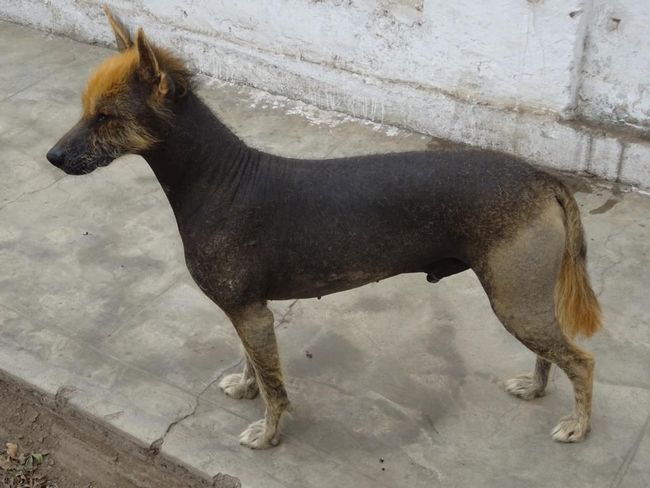
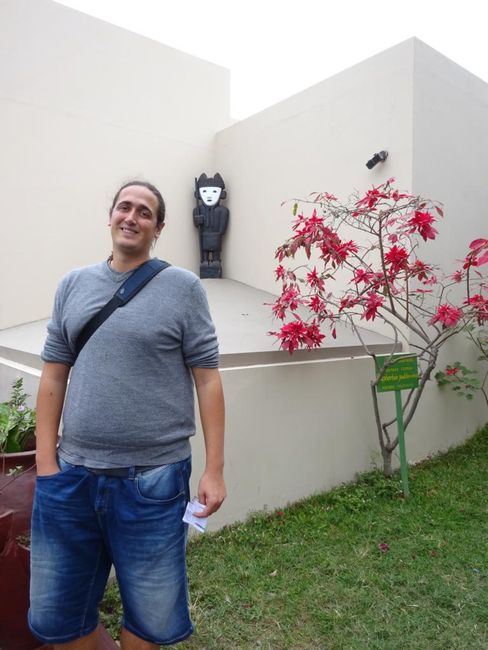
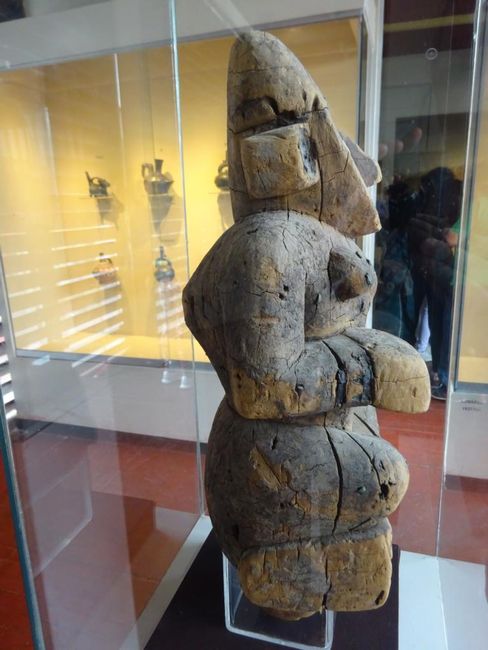
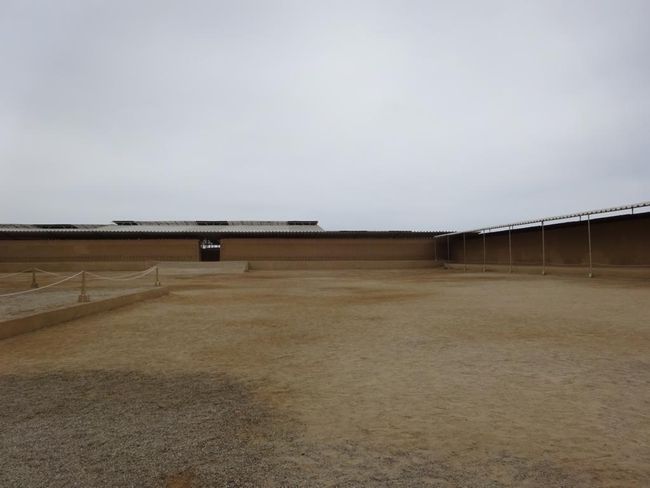

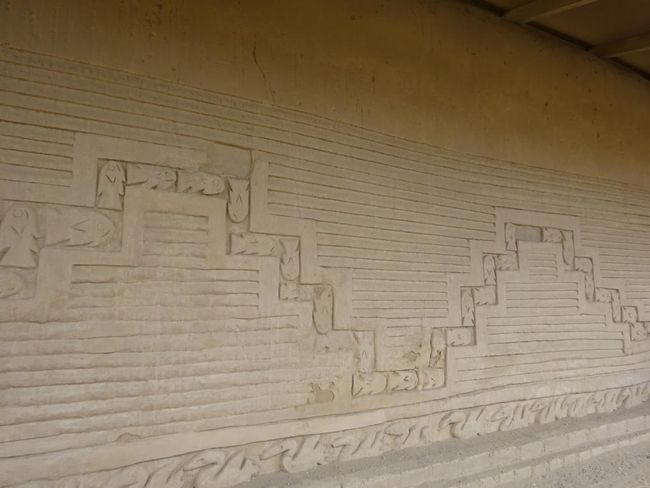
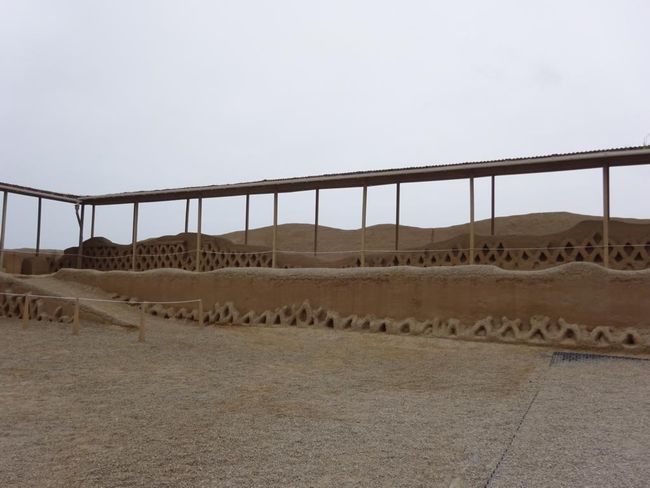
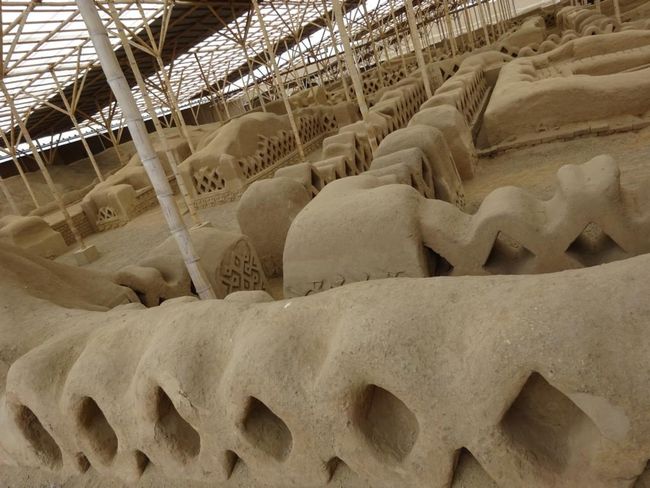
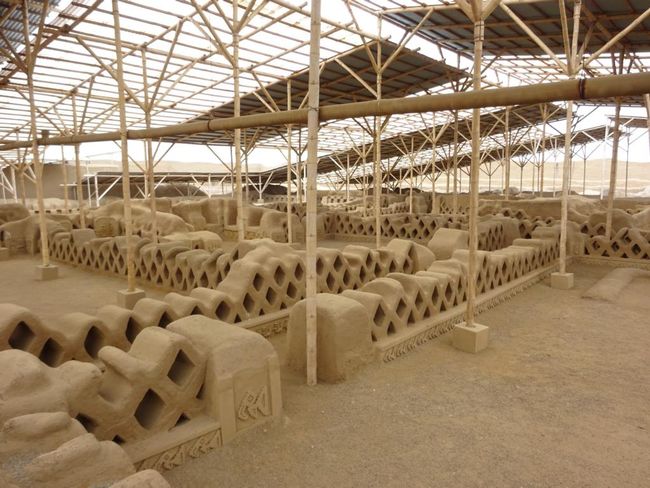
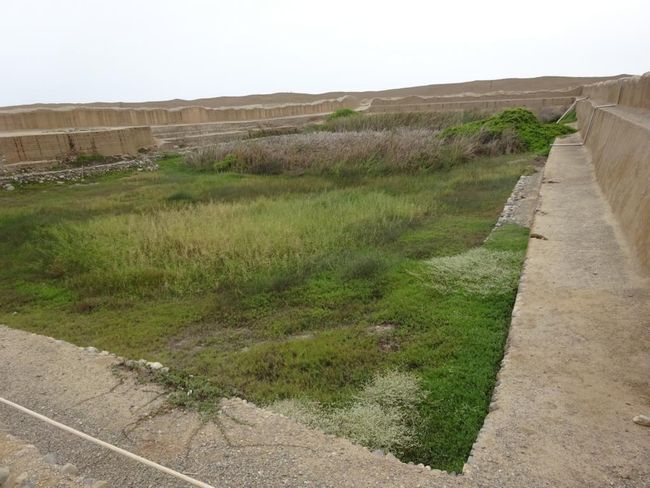
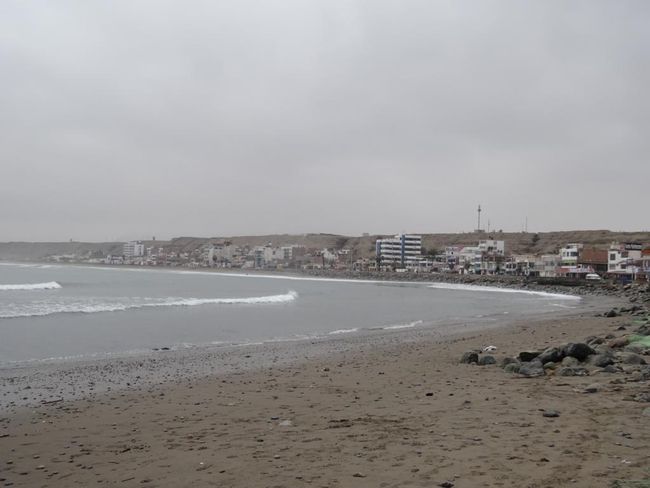
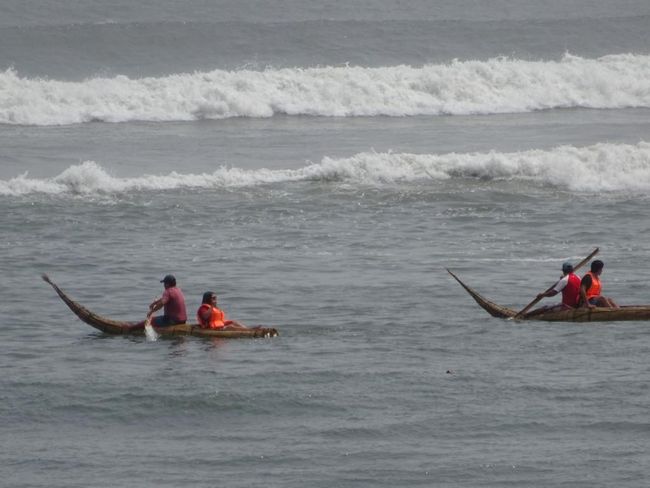
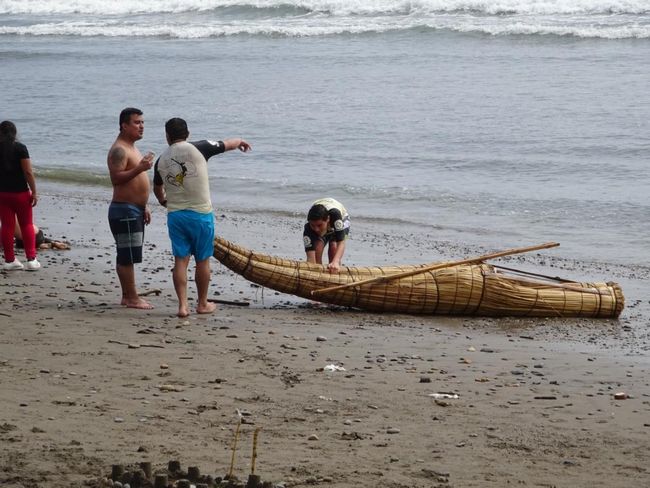
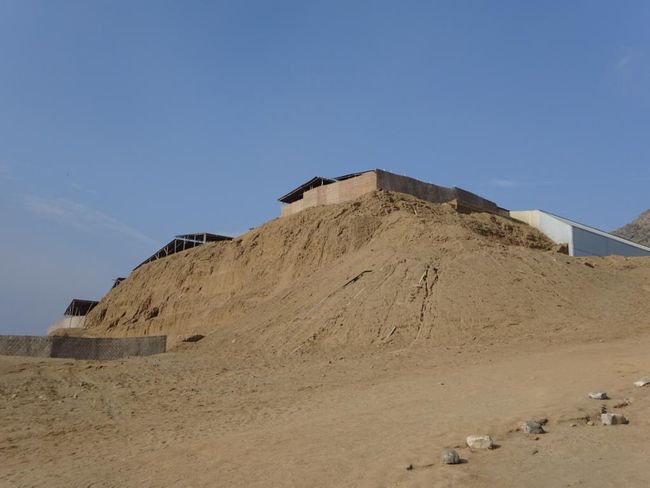
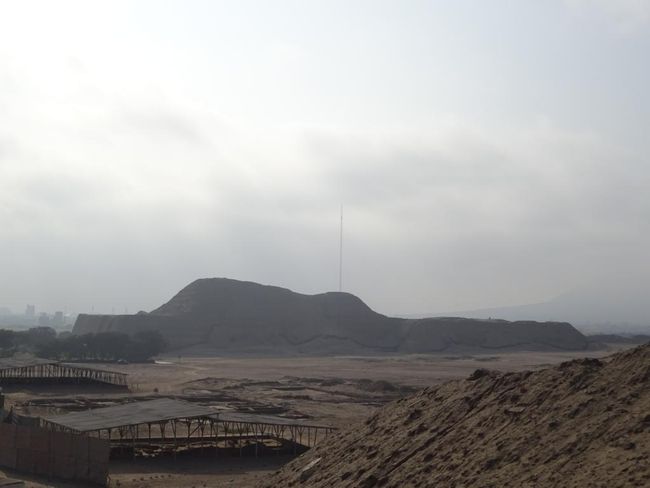
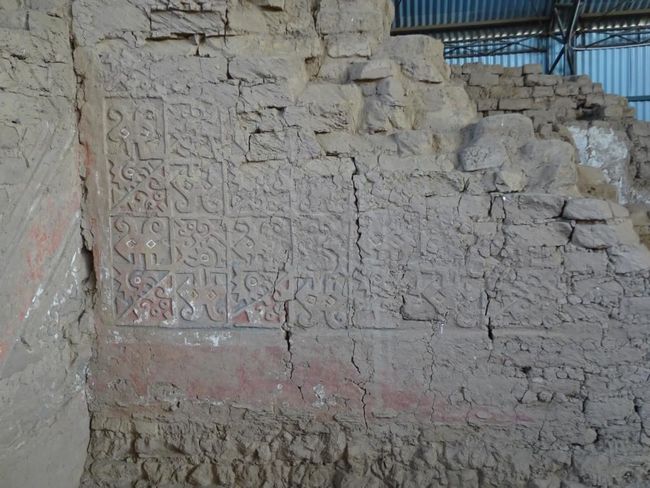
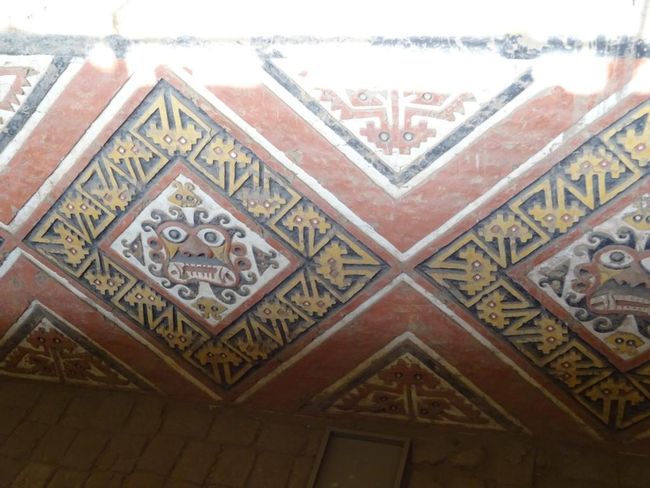
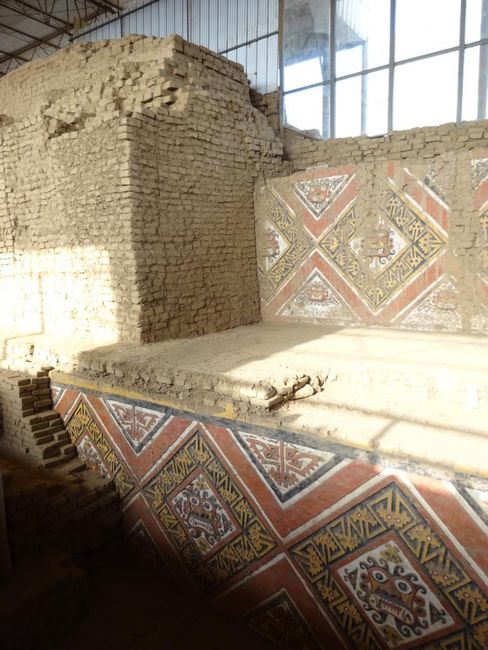
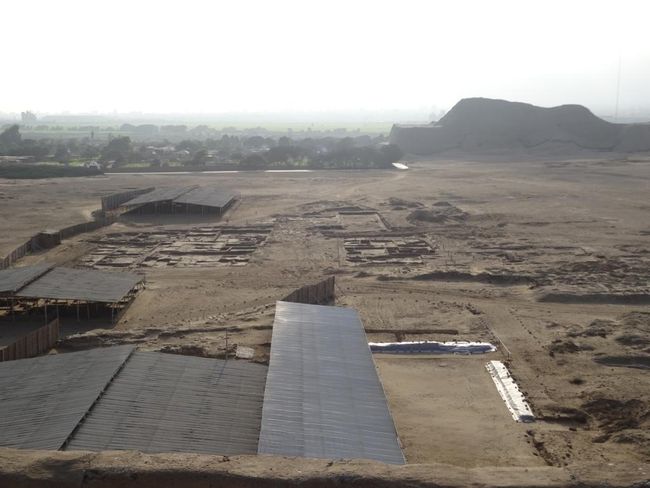
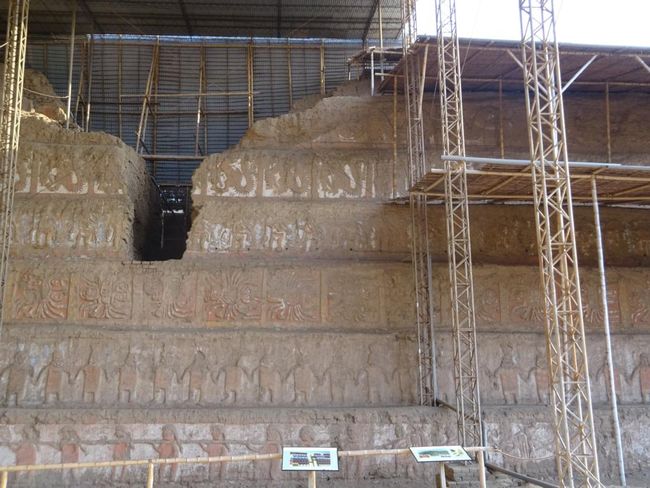
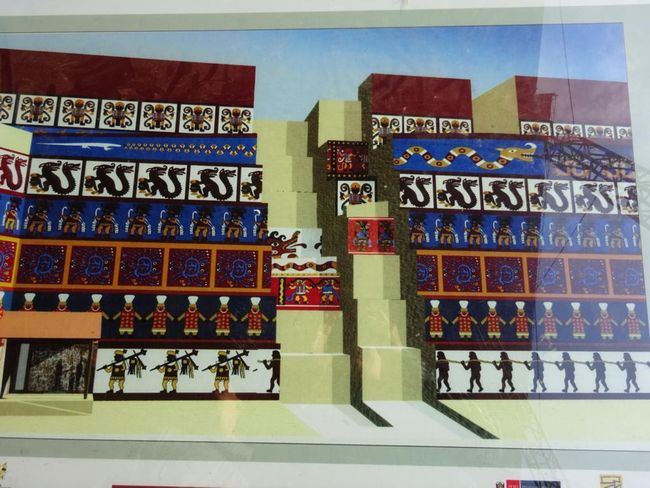
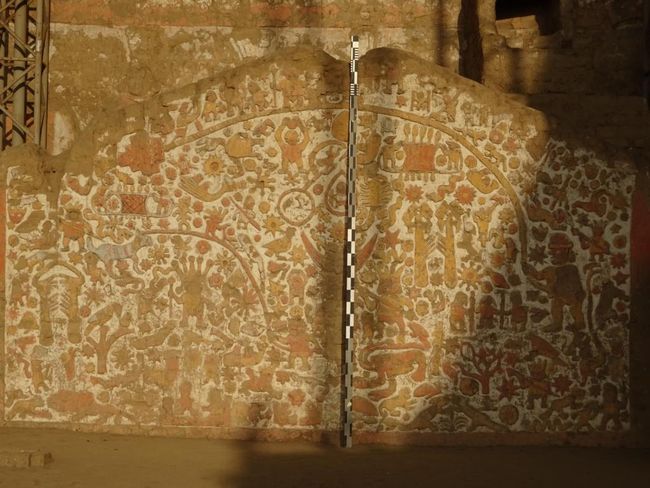
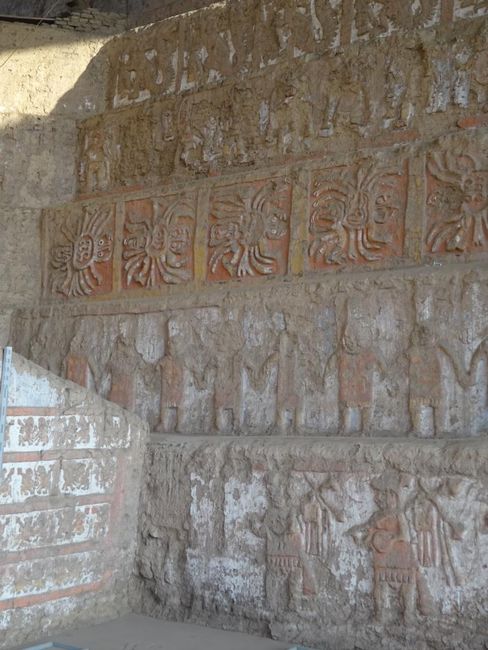
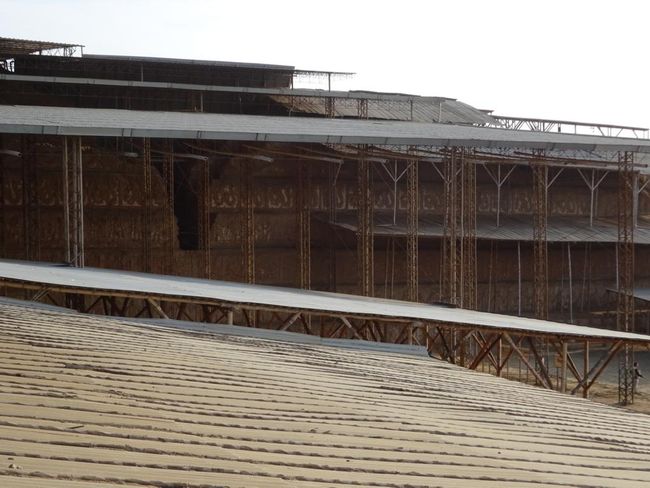
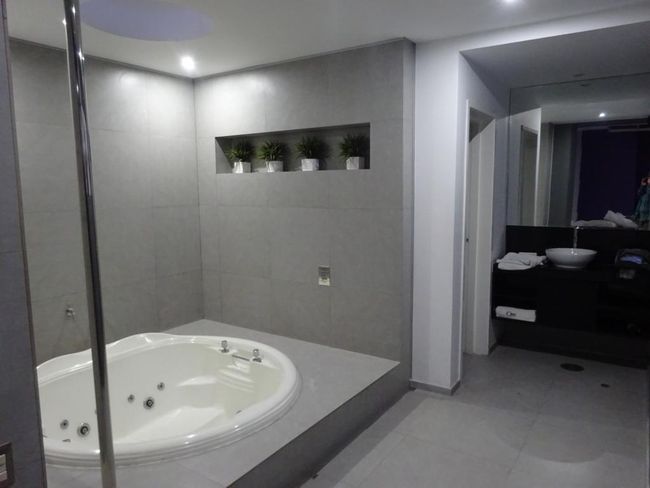
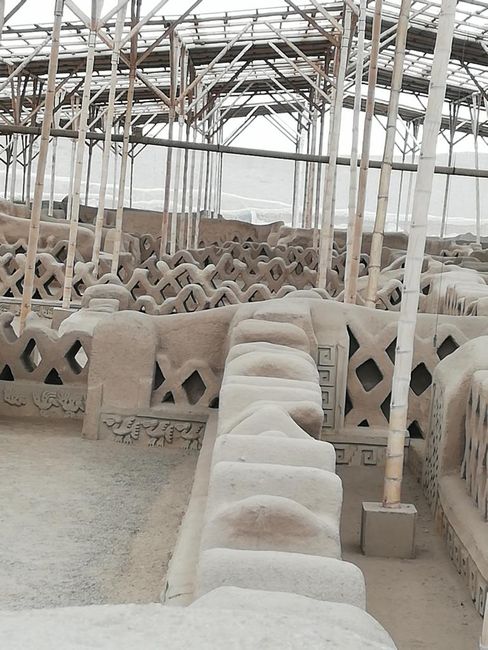
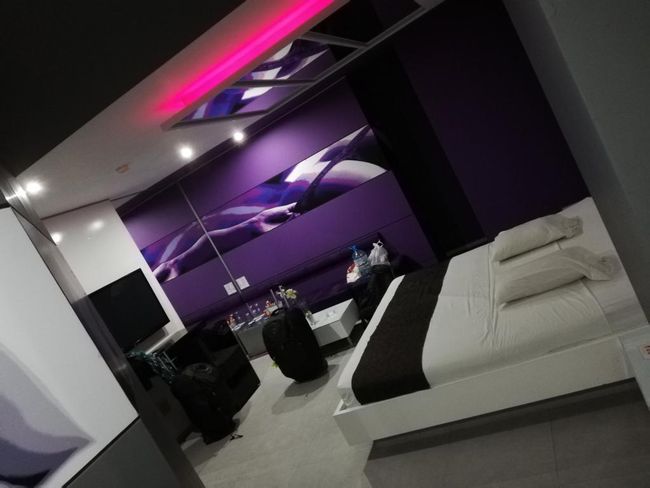
ຈອງຈົດຫມາຍຂ່າວ
During our time in Trujillo, a very special occasion would take place. Exactly 6 years ago on the night of July 31 to August 01, 2012, Jörg and I had met and since then spent almost every day together. Unfortunately, Trujillo was not exactly the ideal place to celebrate such an event. On the other hand, it was conveniently located on our planned route and any change of plans would have caused significant delays in the program. So, we decided to visit Trujillo and its temples in the surrounding area, and we wanted to come up with something special to create a festive mood. And the special thing was that we decided to book a hotel room with its own whirlpool through our usual booking platform. The hotel was located outside the city, but we didn't think much of it as we would simply take a taxi to the city center. In fact, we didn't think much of it at all, because it turned out that the hotel was a "bungalow complex". While in our country the word "bungalow" first brings to mind a small beach cottage, in Peru this term clearly seems to evoke an association with a brothel or at least an establishment that serves a similar purpose. The taxi driver at the bus station thought he had misheard us when we gave him the address.
In fact, we were also surprised when we arrived there and we were given strange looks. We were definitely the only people who showed up there without their own car and with a lot of luggage, and we were probably the only ones who had booked for 2 nights. It turned out that most people only stayed here for one night, drove up in their car, and discreetly drove straight into their own garage, which belonged to each bungalow. However strange the whole thing was, we had booked, we were tired from the long bus ride, we were looking forward to the warm whirlpool, and we would stay here for now.
So we checked into our room, which was called "Factory". You really have to say, for a surprisingly small amount of money you get a lot here. The room was huge, clean and well-kept, and the whirlpool was really cool. Each room has a service corridor through which the staff can discreetly serve you drinks, food, etc. And indeed, as soon as we arrived, the phone rang, and we were asked which cocktail we would like as a gift from the hotel. Breakfast in the morning was also included in the price. The service really left nothing to be desired.
The hotel owner (also known as the pimp with an Elvis Presley hairstyle) personally greeted us and even offered us the opportunity to choose a different theme room for the next day, since we were staying 2 days. Of course, we took him up on that offer, and the next day we had the "Purple Skin" room, where the whirlpool was even bigger and there was even a pole dance pole.
Honestly, I don't know if we would have gone to this "hotel" if we had been aware of all this, but in retrospect, you have to say that it was absolutely worth it. On the one hand, we had stayed in much worse and shabbier accommodations (with absolutely terrible service) for the same price, and on the other hand, it was an unforgettable and funny experience thanks to the whole comedic situation. We will certainly never forget this stay. One should really consider whether a similar concept could also be successful in Switzerland. In our case, the price we would have to charge would probably be the problem.
In the afternoon, we went to the city to book a tour for the next day. After all, we had come here to see the famous Chan Chan ruins. In fact, as we would later find out repeatedly, it is almost impossible to visit such sights in Peru on your own. The infrastructure and public transportation are simply too poor, so you have to rely on organized tours. However, these tours not only cover what you want to see, but you are also "forced" to visit various other "attractions" that you actually did not want to see. In the case of Chan Chan, this would actually turn out to be to our advantage, as we would find out. So, we booked such a tour, and here too, the organizer looked at us strangely when we gave him the address for pick-up. Apparently, not many guests from our hotel were picked up for a guided tour to the ruins. Oh well, we were, so deal with it.
The rest of the afternoon, we wandered around the city, which unfortunately didn't have much to offer. We had lunch at a Comedor and then hung out at the central Plaza de Armas, which was really beautiful and is considered the cleanest in all of America and one of the most beautiful. This impression is mainly due to the fact that the ground here is made of a reflecting stone, making it look absolutely shiny. There are elegant mansions all around.
On the next morning, the tour bus was waiting for us in front of our hotel, and apparently the pimp wasn't used to this situation either. Too bad, then you shouldn't offer your house on a vacation booking platform, I would say.
We had actually booked the tour in Spanish, but it turned out that there was a huge crowd in the Spanish group, while there were only 3 participants in the English group (not many foreigners travel to northern Peru). Since we apparently looked like we also spoke English (which was somewhat discriminatory, we thought), we were simply transferred to the other group.
First, we visited the two archaeological sites "Huaca Esmeralda" and "Huaca Arco Iris". Both are not worth it at all, if anything, the Rainbow Temple is still worth a visit as there are some murals to see. The two small ruins located in the middle of the city are not actually ruins anymore, as both have been completely reconstructed. The original structures are no longer recognizable.
Next, we finally went to the Chan Chan Temple, which was built around 1300 by the pre-Inca Chimu culture. It is the largest pre-Columbian urban complex in all of America and also the largest adobe city in the world. However, only the "Tschudi Complex" is accessible to visitors, named after a Swiss archaeologist. Unfortunately, here too, the majority is not only restored, but even reconstructed, which is a bit of a shame. Of course, it is very nice to see how the whole thing used to look, but I would also be interested in the original structures. The Tschudi Complex was actually smaller than expected, so we weren't exactly blown away. Plus, here came another major disadvantage of guided tours in Peru: the constant rush. You have no time to really look at things calmly and precisely. You are constantly stressed and put under pressure. As soon as you arrive at a place, the guide quickly recites his (incomplete) explanations, then it's "take a photo!" and then you are rushed to the next place. I really don't like that!
For lunch, we went to the small fishing village of Huanchaco, where we had the choice between an expensive tourist restaurant and the next expensive tourist restaurant. Yay! And typically, in these tourist restaurants, you usually get the same things as in the local ones, just of worse quality and at triple the price.
The restaurants were located right on the Malecon and the beach, where you could see the typical Caballitos de Totora for this place. These are traditional reed boats, like those used by the people of the Moche culture and still used by a small number of fishermen today. The reed boats only last for a few months, then they fill up with water and need to be replaced. However, the days of reed boat fishing in Huanchaco seem to be numbered, as fewer and fewer young people are learning how to make and handle these boats.
In the afternoon, the group was split up. Some of the people had booked a horseback riding show. Not us. Instead, we went to the museum, which belongs to the temples "Huaca del Sol" and "Huaca de la Luna", which we would visit afterwards. The guide generously gave us time to explore the museum at our own pace. We were supposed to meet outside at the car in 30 minutes. 30 DAMN MINUTES?! Is that what they call "exploring a museum at your own pace"? Well, I had no choice but to hurry through the museum, which was actually quite interesting. There was not much time to read the descriptions, so we just looked at the exhibits, which mainly consisted of ceramics from the Moche culture.
Afterwards, we met the second part of the group, who returned from the "horse and rider show" quite disappointed. Apparently, the visit was not worth it.
Next, we would visit the Temple Huacas de la Luna, and in retrospect, that was actually the only thing that was really worth it that day. Although we had no intention of coming here, we were happy to be forced to do so by the tour program, because it was the only truly worth seeing. The temple was built around 600 AD and expanded over 6 generations. It was typical for the culture at that time that one generation simply filled the old structures with bricks and then built a new level on top. Instead of paying taxes, it was customary for the population to provide forced labor. The bricks still bear signs with which each family marked their contribution individually. Archaeologists are currently removing selected parts of this "onion skin", and have discovered wall paintings with stylized figures on each layer. Some of them are perfectly preserved thanks to the later built layers. The most impressive is a large wall at the main square of the complex, which is completely covered with beautifully preserved, colored, and above all, original wall paintings. That was really beautiful and highly interesting!
On the other side of a broad desert plain stands the Huacas del Sol, which is considered the largest standalone pre-Columbian structure in Peru. Unfortunately, you cannot visit it. At that time, the Spaniards diverted the nearby river with the goal of destroying the temple and flushing out any treasures in gold form. About a third of the temple was washed away. Nowadays, the temple is only recognizable as a large mound.
The next day, we visited the Museum of Archaeology in Trujillo, which was supposed to show a quick overview of Peruvian history from 12,000 BC to the present. Apparently, Peruvian history ends with the Spanish conquest, as that was when the exhibition ended. The exhibition showed artifacts from the various cultures that existed in the area. Mainly ceramics. It is interesting that we almost always think of the Incas when we think of this region of the world. In fact, the Inca's dominance in these areas was short-lived, from around 1400-1450 AD until the Spanish conquest in the 16th century. Much more significant are the pre-Inca cultures that existed before, but were defeated by the Incas.
ຈອງຈົດຫມາຍຂ່າວ
ຄໍາຕອບ

ລາຍງານການເດີນທາງ ເປຣູ

